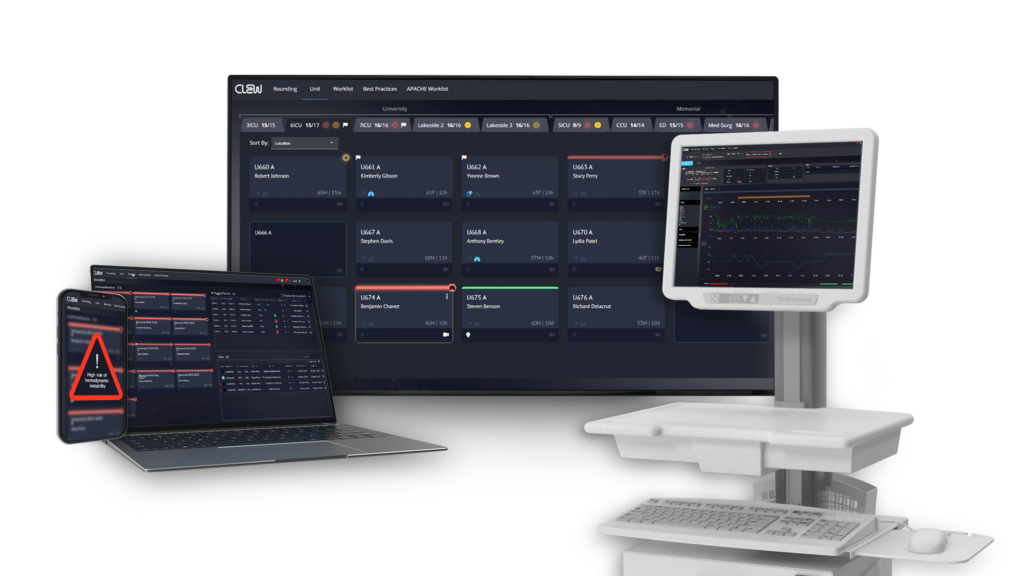
What You Should Know:
– CLEW, a provider of clinical intelligence and predictive surveillance, has announced the general availability of its FDA-cleared AI platform.
– The FDA-cleared AI platform empowers healthcare providers with the ability to identify patients at risk of deterioration up to eight hours earlier than traditional methods.
Early Warning System for Better Patient Care
CLEW’s platform leverages machine learning-derived prediction models to analyze patient data and forecast potential health decline. This allows for proactive intervention, leading to:
- Reduced Mortality Rates
- Decreased Complications
- Fewer Readmissions
Benefits for Caregivers and Patients
The platform goes beyond simply providing insights. It also offers:
- Built-in Best Practice Protocols: Customizable protocols allow healthcare systems to integrate their own established procedures, ensuring consistent care delivery.
- Tailored Alerts: The “NotifyMe” solution delivers targeted alerts for critical situations, minimizing information overload for caregivers.
- Clinician-Centric Tools: Features like the real-time patient worklist, developed in collaboration with nurses, reduce fatigue and streamline workflows.
Real-World Success and Reduced Alarm Fatigue
A recent study published in CHEST Journal showcased the platform’s effectiveness. CLEW’s predictions were found to be:
- Five times more accurate than alerts from a leading telemedicine system.
- Generate 50 times fewer alarms than other monitoring systems.
This translates to less time spent managing false alarms and more time focused on direct patient care.
“As we navigate the complexities of modern healthcare, AI-derived systems emerge as a beacon of innovation, transforming our approach to care delivery,” Paul Roscoe, CLEW CEO shared. “When delivered with meticulous regulatory oversight, AI can unlock new possibilities for precision medicine, early detection, and personalized treatments. Our commitment to integrating AI-driven prediction models into healthcare reflects our dedication to enhancing patient outcomes, driving efficiencies, and ultimately, saving lives.”

